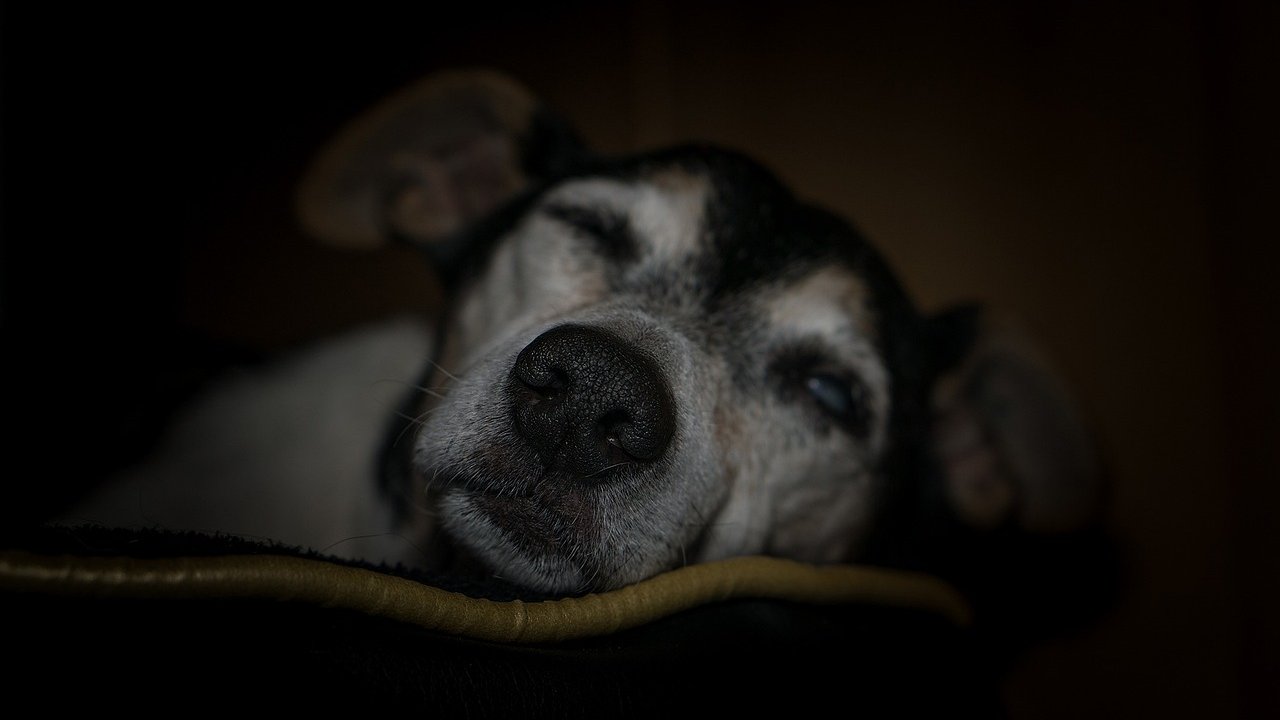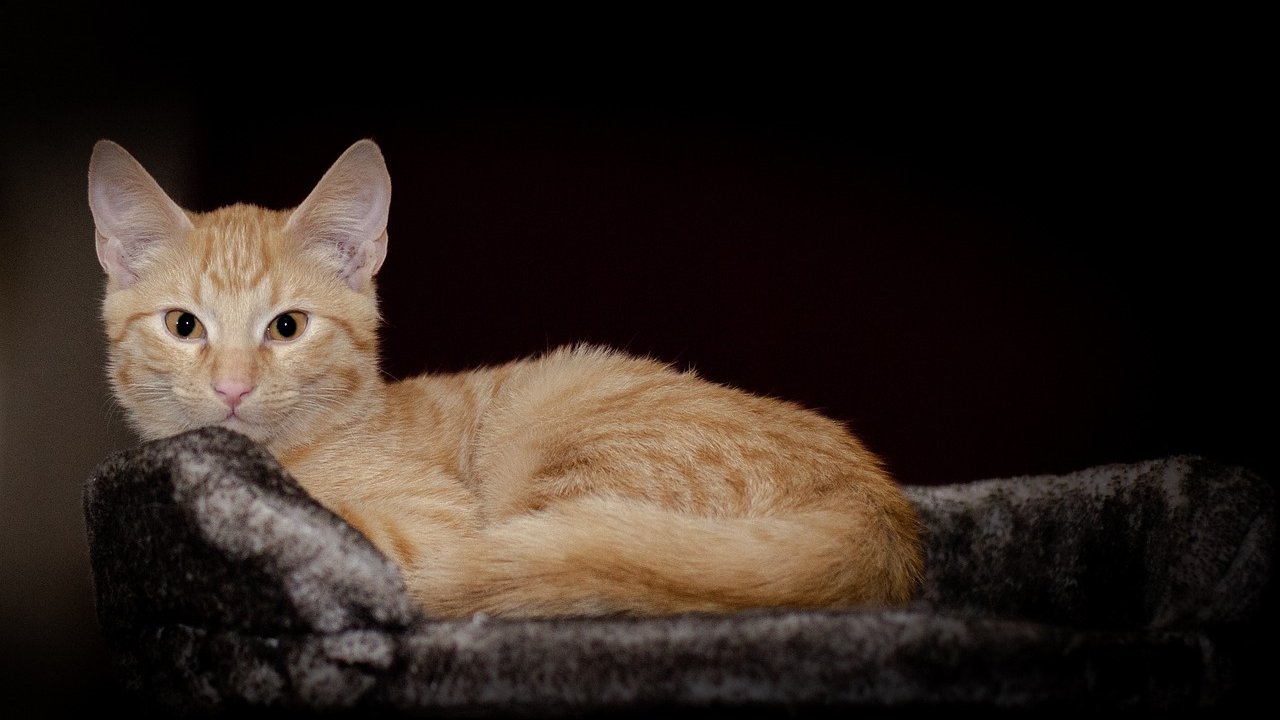
If you have a furry friend, you're likely familiar with the struggle of pet shedding. But don't worry, it doesn't have to be an endless battle. In this article, we'll share essential strategies for managing excessive pet shedding. This will not only help keep your home cleaner but also support the health of your pet.
Understanding the pet shedding cycle
Pet shedding is a natural process where animals lose old or damaged hair. The amount and frequency of shedding can depend on your pet's breed, health, and the season. For example, many pets shed more during the spring as they lose their winter coat. Understanding your pet's shedding cycle can help you better manage it.
Regular grooming: your first line of defense
Regular grooming is one of the most effective ways to control pet shedding. It helps remove loose hair before it ends up on your furniture and clothes. Try to groom your pet daily if possible. Here are some useful grooming tools for pet shedding:
- Combs and brushes: Ideal for removing loose hair, and they come in different types for various hair lengths.
- Deshedding tools: They have fine teeth designed to reach the undercoat where most of the shedding occurs.
- Grooming gloves: These can make grooming an enjoyable massage session for your pet.
Pet diet and shedding
Believe it or not, your pet's diet can impact shedding. A diet rich in essential fatty acids helps improve skin and coat health, reducing excessive shedding. Here are some foods to consider:
- Omega-3 and Omega-6 rich foods: These include fish oil, flaxseed oil, and certain fish like salmon.
- High-quality pet food: Look for food that lists a protein like chicken, beef, or fish as one of the first ingredients.
- Fresh water: Dehydration can lead to dry skin, which can increase shedding. Make sure your pet always has access to fresh water.
If you're considering changing your pet's diet, always consult with your vet first.
When to see a vet
While shedding is normal, excessive or unusual shedding could be a sign of underlying health issues like allergies, parasites, or skin conditions. If you notice any changes in your pet's shedding patterns or if they're experiencing other symptoms like itching, it's best to consult with a vet.
Keeping your home clean
Here are some tips for keeping your home clean during shedding season:
- Use a vacuum with a pet hair attachment: This can help pick up loose hair from rugs and furniture.
- Regularly wash pet bedding: This will help remove loose hair and keep the area clean.
- Use furniture covers: These can help protect your couches and chairs from pet hair.
Remember, managing pet shedding is not only about keeping your home clean but also about ensuring the health and comfort of your pet. By understanding the shedding process and following these strategies, you can certainly keep shedding under control.











